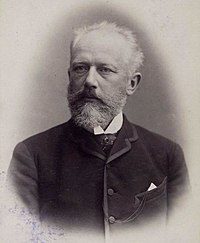
Photo from wikipedia
Sonority is a fundamental notion in phonetics and phonology, central to many descriptions of the syllable and various useful predictions in phonotactics. Although widely accepted, sonority lacks a clear basis… Click to show full abstract
Sonority is a fundamental notion in phonetics and phonology, central to many descriptions of the syllable and various useful predictions in phonotactics. Although widely accepted, sonority lacks a clear basis in speech articulation or perception, given that traditional formal principles in linguistic theory are often exclusively based on discrete units in symbolic representation and are typically not designed to be compatible with auditory perception, sensorimotor control, or general cognitive capacities. In addition, traditional sonority principles also exhibit systematic gaps in empirical coverage. Against this backdrop, we propose the incorporation of symbol-based and signal-based models to adequately account for sonority in a complementary manner. We claim that sonority is primarily a perceptual phenomenon related to pitch, driving the optimization of syllables as pitch-bearing units in all language systems. We suggest a measurable acoustic correlate for sonority in terms of periodic energy, and we provide a novel principle that can account for syllabic well-formedness, the nucleus attraction principle (NAP). We present perception experiments that test our two NAP-based models against four traditional sonority models, and we use a Bayesian data analysis approach to test and compare them. Our symbolic NAP model outperforms all the other models we test, while our continuous bottom-up NAP model is at second place, along with the best performing traditional models. We interpret the results as providing strong support for our proposals: (i) the designation of periodic energy as the acoustic correlate of sonority; (ii) the incorporation of continuous entities in phonological models of perception; and (iii) the dual-model strategy that separately analyzes symbol-based top-down processes and signal-based bottom-up processes in speech perception.
Journal Title: Cognitive science
Year Published: 2022
Link to full text (if available)
Share on Social Media: Sign Up to like & get
recommendations!